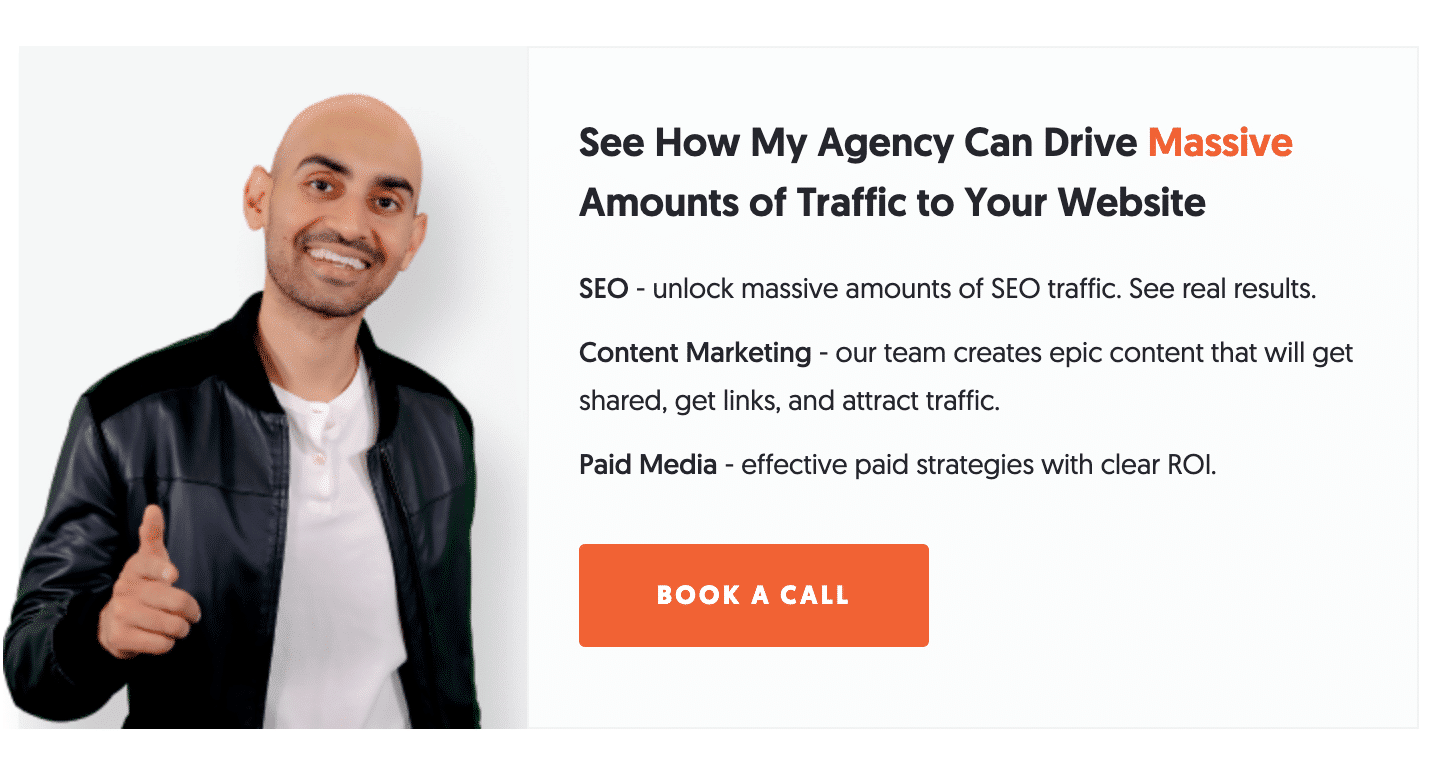Simply attracting traffic to your website is a great start, but not enough. There’s still a long way to go to the end of the marketing funnel and the path is full of obstacles. The first step is to convert these visitors to your website into leads. And to do that, you need to write great calls to action (CTA) that drive engagement.
So how do you write an effective CTA? In the post below, we’ll tell you all you need to know.
What is a call to action?
To convert your visitors into leads, there’s nothing like engaging CTAs. Plezi gives you these 3 tips to build an effective CTA.For those who don’t already know what a call to action is, let’s start with the basics. A call to action (CTA) is a short phrase that encourages readers of online content to take some desired action (e.g., subscribe to an offer, download premium content, get in touch).
To be effective, a call to action must have several features:
- It must be visible
- It must be easily understood
- It must inspire readers to take action
A CTA should be a teaser
Let’s go back to the basics of inbound marketing and look at what good content is. Good B2B content encourages visitors to take action and/or converts those visitors into leads. It can be broken down as follows:
- Restating a problem faced by your target audience which the content intends to address. For example, “You want to get here” (goal to be achieved). “This is what is holding you back” (pain point).
- A detailed solution to the problem. “As an expert in our field, we can help you solve your problem and address your pain point.”
- A conclusion that includes a call to action. “Tired of being in pain? Click on this beautiful button and all your problems will be solved.”
A call to action is how your content strategy gets implemented in the real world. It seems logical therefore to position it at the end of an article, and this is usually what happens. This works particularly well when content is short. For longer content, it’s also a good idea to include a call to action before the end of the post.
The digital marketing expert, Neil Patel, does this very often in his website content. It gives you a chance to generate leads from visitors who might not bother to read your content through to the end.

How to design your CTA?
Now you know where to place your calls to action, you need to make sure that visitors can’t miss seeing them. This isn’t the time for subtlety. Your call to action needs to stand out like a sore thumb!
Choose a design that contrasts strongly with the main text of your post so that it can’t be missed. For example, use a striking colour and ensure the button with the call to action is large enough to stand out. When you want to be found in a crowded room, you get up and wave your arms in the air. Apply the same logic to designing your CTAs. You’re here to generate leads after all.
Consider using A/B testing to try several versions of a call-to-action and keep the one that’s most effective. This is the one that converts the greatest number of visitors into leads.
Optimize your CTA copy for conversions
When you write a call to action, keep in mind that you only have a few seconds to persuade a website visitor to click and take action. Avoid using wording that is difficult to understand. Think in terms of how effective they are and use basic psychology.
For example:
- Urgency: if you are promoting a limited-time offer, highlight the time left available before the offer ends. Examples: “There’s only a few hours left to sign up for this workshop”; “Tomorrow will be too late”.
- Fear of missing out (FOMO): make visitors think that if many others have taken the desired action, then perhaps they should too. Example: “More than 10,000 B2B buyers trust us. What about you?”
- Instant gratification: promise visitors an immediate reward if they take the desired action. Example: “Sign up for our newsletter and get our free guide”.
Above all, avoid using lifeless generic calls to action like “Learn more” or “Click here”. You can do so much better. Be bold and creative. Imagine you’ve got one chance to convince someone to do what you want them to.
Clicking on your call to action should seem like the next logical step to take after reading your content. So, you shouldn’t think of your content and your CTA as being two separate entities that are not interconnected. If you want your calls to action to be truly effective, you should already know which CTA you will add to each piece of content as soon as it’s in your editorial calendar.
Have you already implemented a lead generation strategy? What types of call to action do you use? What psychological levers convert the most numbers of visitors?




